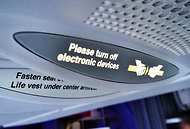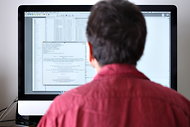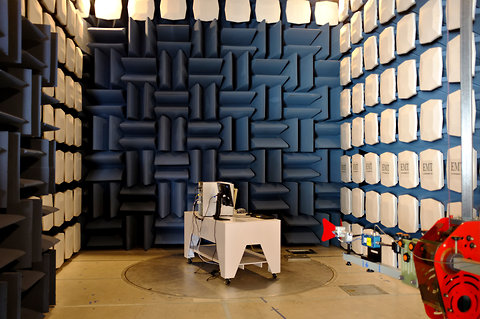 Nick Bilton/The New York Times Tim Cook, chief executive of Apple, discusses pilots using iPads in flights.
Nick Bilton/The New York Times Tim Cook, chief executive of Apple, discusses pilots using iPads in flights.
In November, after repeatedly being told on airplanes to turn off my Kindle or iPad during takeoff and landing I picked up the phone — while back on the ground, of course — and called the Federal Aviation Administration to ask why.
Les Dorr, a spokesman for the F.A.A., told me the agency would rather err on the side of caution when it comes to digital e-readers and iPads on planes.
But a few weeks later, the F.A.A. changed its mind — slightly — saying that American Airlines pilots would be allowed to use iPads instead of paper flight manuals in the cockpit during some phases of flight.
Now, the F.A.A. has approved iPads for pilots “during all phases” of flights. It is also exploring outfitting flight attendants with iPads, too.
Wait? I thought the F.A.A. said that digital e-readers and iPads could harm a plane?
When I followed up with the F.A.A. last year to ask why pilots can use iPads, but passengers can’t, the agency told me that more than two iPads on a plane would involve a “significantly different scenario for potential interference than unlimited passenger use, which could involve dozens or even hundreds of devices at the same time.”
Yet now the agency is changing its mind about that rule, too.
Maya Leibman, chief information officer for American Airlines, noted in Monday’s news release that: “Our flight attendants have also been piloting an initiative on hand-held tablets, which will give them better information about the customers on their flight and their travel needs. We’ll have more to share on this and other industry-leading technologies in the weeks and months to come.”
So first it’s no iPads because of potential interference. Then two iPads are O.K. — but only two. Now we will have five or six iPads on airplanes? You won’t hear any complaints about the direction of this trend from me or most of the traveling public — only about the speed with which it is occurring.
The F.A.A. seems to be appeasing the public by saying that “an aviation rulemaking committee will be formally established this fall and will meet for six months.” But these meetings will easily take over a year to conclude.
In the meantime, let’s see how easily flight attendants who are wandering the plane with their own tablets in hand can persuade passengers to turn off their devices, too.
Article source: http://bits.blogs.nytimes.com/2012/09/10/the-f-a-a-flip-flop-on-electronics-continues/?partner=rss&emc=rss



